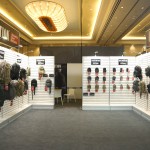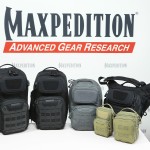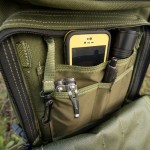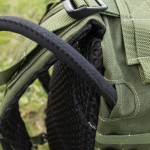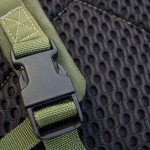There will come a time when all you have at your disposal is what’s in your pockets. Preparedness begins with what you’re carrying. Some choose to go minimal with their EDC, while some carry the kitchen sink. Either way, it is essential to carry tools with you wherever you are.
My EDC can vary depending on where I am or what I am doing, but there are a few essentials that are always on me.
Cold Steel Recon 1 Folding Knife, spear point.
• I bought this knife a few years ago as my first folder. At the time, I needed a utility blade that could perform daily chores as well as outdoor tasks and be a self-defense tool if necessary. A friend of mine had the Recon 1 in a tanto point and I really liked the handle. As soon as I saw the knife with a spear point, I bought it and so far it’s been a great tool. My only gripe now is that it’s a relatively big folding knife and can sometimes be uncomfortable when sitting for long periods of time. Still, it’s proved to be a very useful knife.
Streamlight Protac 2AAA Flashlight
• The price is what caught me on this penlight. The output and runtime have served me well over the years whether it’s walking home from college classes, clearing my car in a dark parking lot or finding my way around the office in a power outage. The bezel is sculpted for use as a defensive striking tool and compliments the strobe function.
Leatherman Sidekick Multi Tool.
• This tool stays with me whether I’m at the office or on SAR missions. I use it for everything from housework to fixing snowboards on the slopes. I also found the can opener works very well as a striker on a fire steel.
iPhone 5S with Lifeproof Fre Case
• The Lifeproof case definitely lives up to its reputation of durability. I’ve banged up my phone plenty and made calls in the rain without worrying about damage to my phone.
Wenger Keychain Tool
• This little tool keeps a blade and scissors handy in times when pulling out a full size knife may not be appropriate.
Freestyle USA Shark XL Watch
• My kick-around, exercise and adventure watch. It’s cheap but not flimsy. It’s been through plenty of mountain, trail and underwater adventures.

